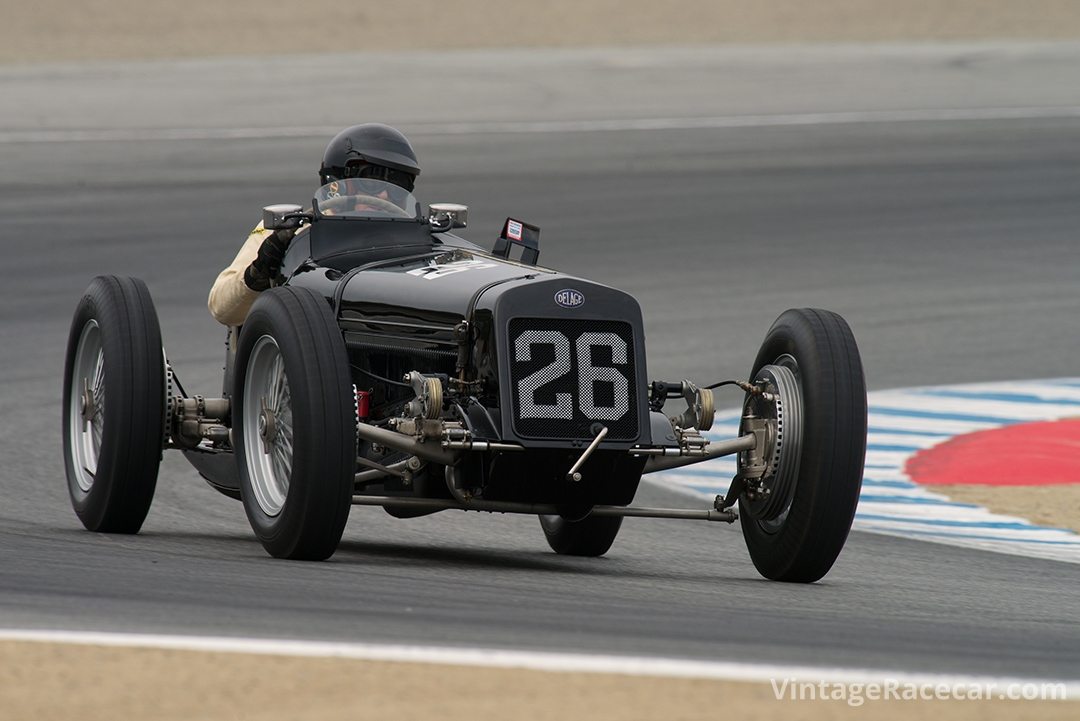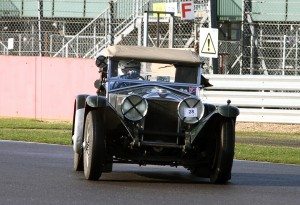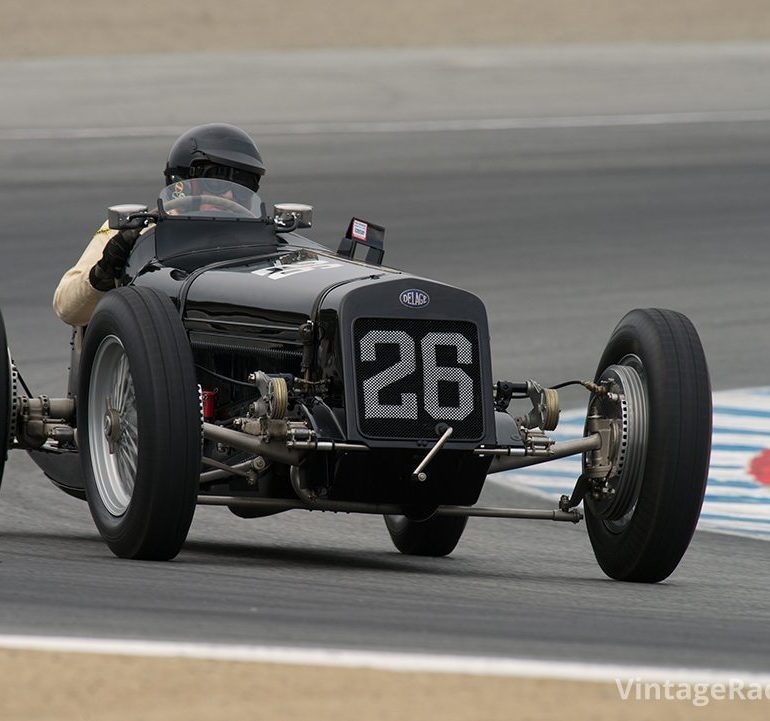From the very beginning of the automobile man built cars to compete with a passion for speed and technology. These innovators are in an elite club with their place in automotive history guaranteed as the creators of a true classic sports car, a genuine thoroughbred.
The development of the racing sports car can be traced to specific manufacturers who at one time in history dominated motor racing, in particular the world’s most challenging road races, such as the Mille Miglia, Targa Florio and endurance contests such as Le Mans 24 Hours. The creation of an automobile which could win in international competition was usually the inspiration of one passionate man, an engineer, a genius who put all of his design and engineering skills towards his goals. Part two of this pre-war market guide will feature more of these exciting cars, their founders and designers such as Archibald Frazer Nash of AFN and Sir William Lyons of Jaguar.
Today these pre-war masterpieces are highly sought after by the sophisticated collector. They and their current owners are often invited to partake in the most prestigious historic racing venues world wide. The Le Mans 24 Hour Classic, Mille Miglia Storica, Monaco Historique Grand Prix and the Targa Florio to name but a few.
Due to the age of these cars and their racing heritage, their value is determined by their originality and provenance. Old cars built up from parts are not the same as true complete survivors. Often bringing the remaining total down to less than 10 good surviving examples of a particular model.
1926 Delage 15S8 Grand Prix Car

The Delage 15S8 was such an exceptional design, it was raced in 1929 by Louis Chiron in the Indianapolis 500 to a 7th place finish. Then, in 1932, Earl Howe of Bentley era and BRDC fame went on to win races in a 15S8 at Brooklands, Avus and the Nurburgring. In 1936, the 15S8, now 10 years old, was raced by Richard Seaman in the 1500 Voiturette class to six victories, including the Isle of Man RAC and Donnington 200 mile. This, before the Eyes of Neubauer and Mercedes, which landed Seaman his Silver Arrows drive. Only four 15S8 cars were built. They were clearly a match for Bugatti and Alfa Romeo at the time. Today it is a rare sight to see one in competition, or up for sale.
1931 Invicta 4.5 “S”-Type Low Chassis

There was different coach work done on an Invicta, but many think the “car bodies” body was the most spectacular. The build quality was superb and sales were quite good. Sporting success came with Raymond Mays (founder of ERA and BRM) shattering the Brookcanes lap record in 1931 and 1932 and Donald Healey winning the 1931 Monte Carlo Rally. Unfortunately, the recession of the 1930s caused Invicta to fail. Today, one gets to see these great cars at a variety of events.
Criteria Used For Assessing Valuations for this Guide:
- Degree of Originality
- Overall Condition, Restoration
- Technology, Design, Coachbuilder
- Production Numbers/Rarity
- Competition History
- Ownership History, Documentation
- Modern Event Eligibility
Regional Variances
The prices stated in this guide are based on U.S. values. The values of historic racing cars can vary as much as 25%-35% in other countries, depending on local market appeal, currency rates, import duties, and VAT. Most of the time, we are able to document known sales or closed escrows, as they say in real estate. When this is not possible, a logical estimate of the car’s value is given, based on its sales history and relationship to cars of its type.
The prices stated in this guide are based on U.S. values. The values of historic racing cars can vary as much as 25%-35% in other countries, depending on local market appeal, currency rates, import duties, and VAT.
LEVEL |
VALUATION CATEGORIES |
|---|---|
I |
The best combination of all criteria. |
II |
Satisfies mid-range of criteria. |
III |
In need of restoration. Meets only a few points of criteria |




